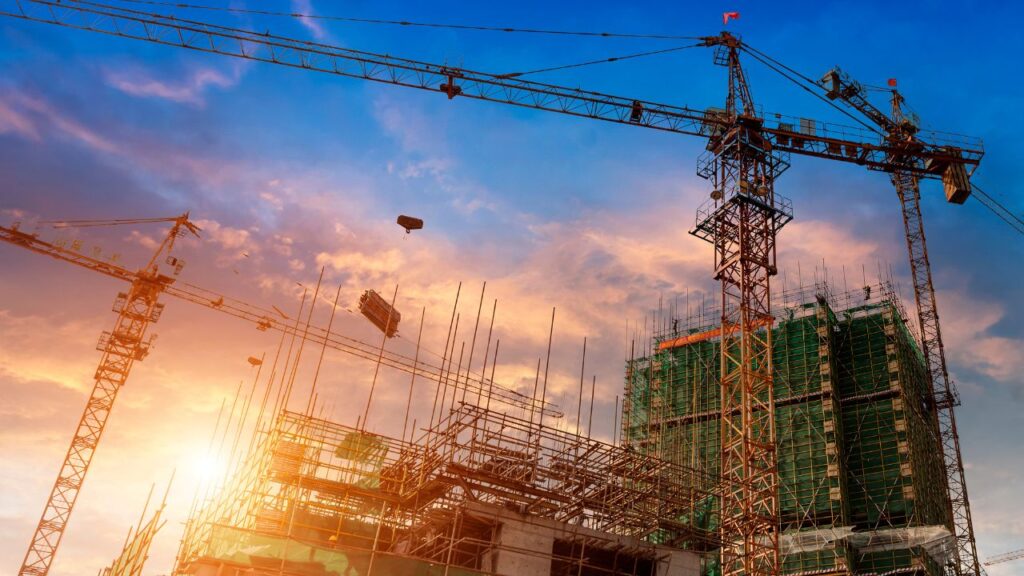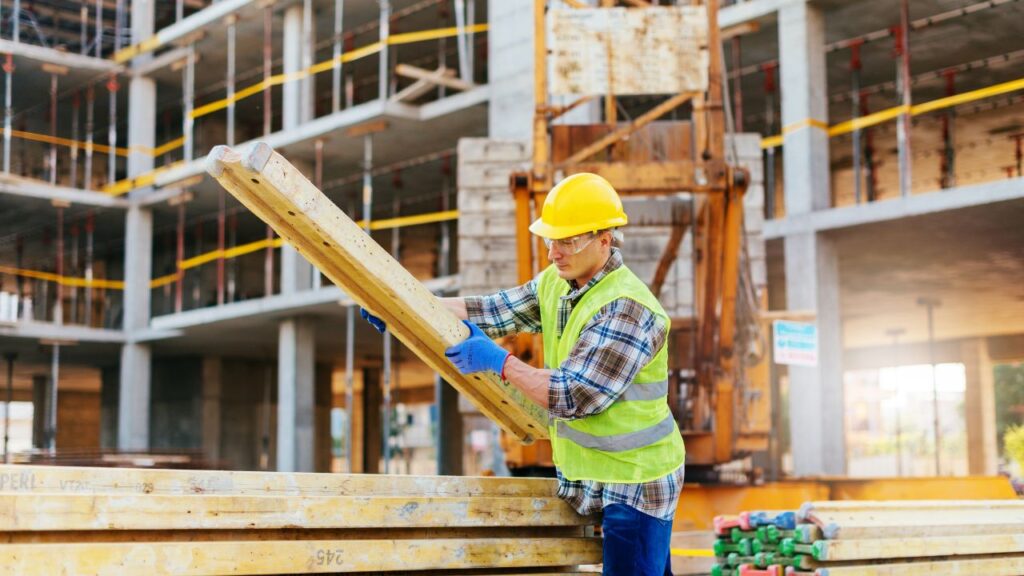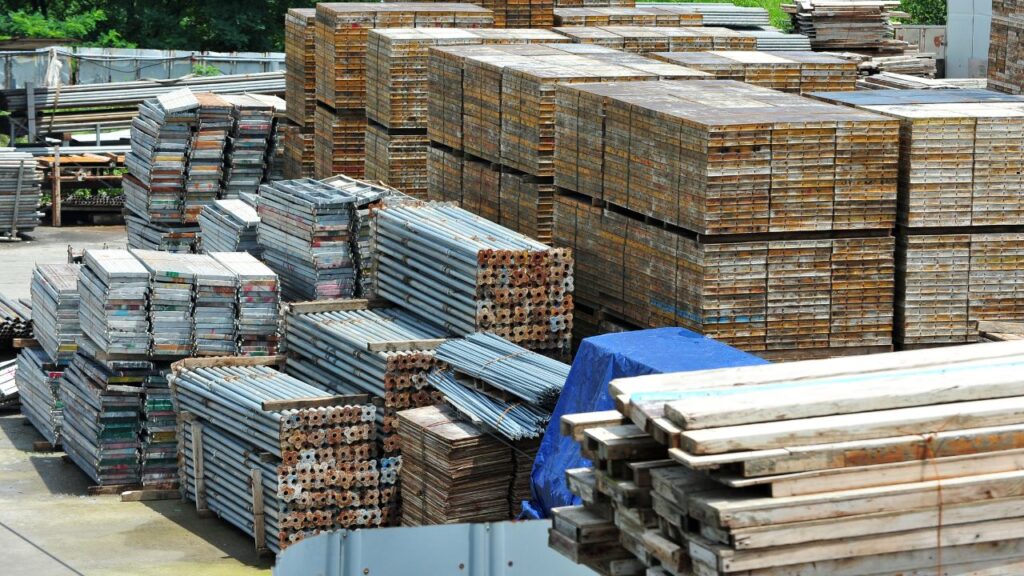Boost Your Construction Bids – Request a Precision Estimate!
- Accurancy
- Efficiency
- Transparency
- Customization
- Time Saving
- Professionalism
- Cost Control

Embarking on a construction project is a monumental undertaking that demands a blend of vision, expertise, and meticulous planning. At the heart of this planning lies the critical task of estimating the necessary construction materials. This process is not merely about numbers; it is a strategic endeavor that ensures you have the right quantities, quality, and diversity of materials, playing a pivotal role in effective budgeting. In this comprehensive guide, we will navigate through the essential steps of how to estimate construction materials, offering insights that will serve as a compass on your journey toward project success.
Before delving into the intricacies of material estimation, it is imperative to develop a comprehensive understanding of the project scope. This involves a meticulous review of architectural plans, detailed blueprints, and any project-related documents. The objective is to identify not only the types of materials required but also the quantities needed for each distinct phase of the construction process. This foundational comprehension serves as the bedrock for initiating a detailed and accurate material estimation process, ensuring that every element of the project is considered with precision.

At the heart of construction material estimation lies the creation of a meticulous Bill of Materials (BOM). This document serves as a comprehensive inventory, categorizing materials based on their types – be it concrete, steel, lumber, electrical components, plumbing fixtures, or any other pertinent material. The BOM provides a structured framework that meticulously organizes the various materials needed, laying the groundwork for subsequent estimation processes. A well-crafted BOM becomes the guiding document, facilitating a systematic and thorough approach to material estimation.

Make Informed Design Decisions Showcase Your Design Ideas
Get RenderingBreaking down each material category, the next critical step is to quantify the required amounts with a high degree of accuracy. Whether dealing with concrete, steel, lumber, or any other construction material, precision in measurement is paramount. This granular level of detail ensures that every component, irrespective of its nature, is accounted for accurately. The quantification process becomes the bedrock of a reliable material estimation strategy, forming the basis for subsequent calculations and decision-making.
Acknowledging the inherent variability in construction projects, which often involve a certain degree of waste and unforeseen changes, is crucial. Incorporating a percentage of waste, typically ranging from 5-10%, and allowing for overages in your estimates becomes a strategic move. This proactive measure serves as a safeguard against unexpected circumstances, offering a buffer that enhances the project’s resilience to potential changes or challenges.
In the dynamic landscape of construction, staying well-informed about current material prices is a fundamental aspect of effective estimation.
Given the potential impact of market fluctuations on project budgets, regular updates on material prices become indispensable. This ongoing awareness ensures that your estimates remain realistic, reflective of prevailing market conditions, and adaptable to changes that may arise during the course of the project.

Construction material prices are not static and are often subject to seasonal variations. Recognizing and accounting for these fluctuations in your estimation process is vital. By considering how seasonal changes might affect material costs during different phases of the project timeline, you enhance the accuracy and adaptability of your estimations, aligning them with the dynamic nature of the construction industry.

In the era of technological advancement, construction professionals have at their disposal sophisticated estimation tools and software. Leveraging these resources can significantly streamline the estimation process, providing quick and accurate calculations based on project specifications. The integration of technology not only enhances efficiency but also contributes to the overall accuracy of your material estimates.
Proactive collaboration with material suppliers and construction experts is a strategic move in refining your material estimates. Engaging in discussions and seeking insights from these industry professionals provides valuable information on material specifications, market trends, and potential challenges. This collaborative approach ensures that your estimates align with industry standards and best practices, enriching the accuracy and reliability of your projections.
Recognizing that the construction process is dynamic, periodic reviews and adjustments to your material estimates are essential. As the project progresses, changes in design, unexpected challenges, or alterations to the project scope may necessitate adjustments to your initial estimates.
This ongoing review process reinforces the need for continuous monitoring and adaptability, ensuring that your material estimates remain in sync with the evolving needs of the construction project.

Maintaining detailed records of your material estimates throughout the project lifecycle is a practice that goes beyond mere documentation. This comprehensive record, encompassing quantities, prices, and any adjustments made, serves as a valuable reference for future projects. Furthermore, it facilitates a retrospective analysis, offering insights into the accuracy of your estimates and providing opportunities for continuous improvement. Documenting and tracking create a repository of knowledge that contributes to refining and enhancing the precision of future material estimations.

Make Informed Design Decisions Showcase Your Design Ideas
Get RenderingIn the intricate tapestry of construction projects, mastering the art of estimating construction materials is a journey that demands a combination of artistry, precision, and adaptability. By navigating through the meticulous steps outlined in this guide, you equip yourself with the necessary tools to not only create accurate and resilient estimates but also contribute significantly to the overall success of your construction project. It is crucial to understand that the estimation process is not a one-time event but an ongoing dialogue with the evolving needs of the construction process. Approach it with diligence, and your material estimates will not only meet but exceed the expectations of your project’s aspirations, fostering a legacy of excellence in the realm of construction.
Understanding the project scope is paramount as it involves a meticulous review of architectural plans, blueprints, and project-related documents. This comprehensive understanding identifies the types and quantities of materials needed for each construction phase, laying the foundation for an accurate material estimation process.
A Bill of Materials (BOM) is a comprehensive inventory categorizing construction materials based on types such as concrete, steel, lumber, etc. It provides a structured framework for subsequent estimation processes, ensuring meticulous organization and a systematic approach to material estimation.
Quantifying quantities involves breaking down each material category with precision, whether it’s concrete, steel, or lumber. This granular level of detail ensures accurate accounting for every component, forming the foundation for a reliable material estimation strategy.
Construction projects inherently involve waste and unforeseen changes. Incorporating a percentage of waste (typically 5-10%) and allowing for overages acts as a strategic safeguard, enhancing the project’s resilience to unexpected circumstances and changes.
Construction material prices often fluctuate with seasons. Recognizing and accounting for these variations is vital in estimating costs accurately. Considering how seasonal changes might affect material costs enhances the adaptability and precision of estimations.
Estimation tools and software in the construction industry streamline the estimation process, providing quick and accurate calculations based on project specifications. The integration of technology enhances efficiency and contributes to the overall accuracy of material estimates.
Proactive collaboration with material suppliers and construction experts provides valuable insights into material specifications, market trends, and potential challenges. This collaborative approach ensures that estimates align with industry standards and best practices, enhancing the accuracy and reliability of projections.
Here I am going to share some steps to get your Construction Materials Estimating report.
You can send us your plan on info@estimatorflorida.com
Before starting your project, we send you a quote for your service. That quote will have detailed information about your project. Here you will get information about the size, difficulty, complexity and bid date when determining pricing.
Our team will takeoff and estimate your project. When we deliver you’ll receive a PDF and an Excel file of your estimate. We can also offer construction lead generation services for the jobs you’d like to pursue further.



561-530-2845
info@estimatorflorida.com
Address
5245 Wiles Rd Apt 3-102 St. Pete Beach, FL 33073 United States
561-530-2845
info@estimatorflorida.com
Address
5245 Wiles Rd Apt 3-102 St. Pete Beach, FL 33073 United States
All copyright © Reserved | Designed By V Marketing Media | Disclaimer